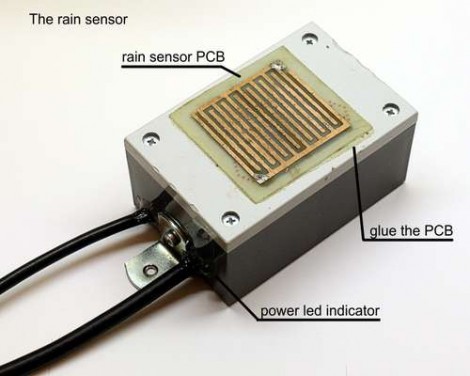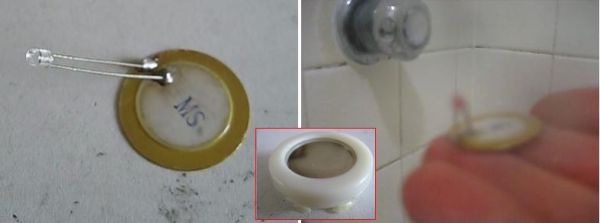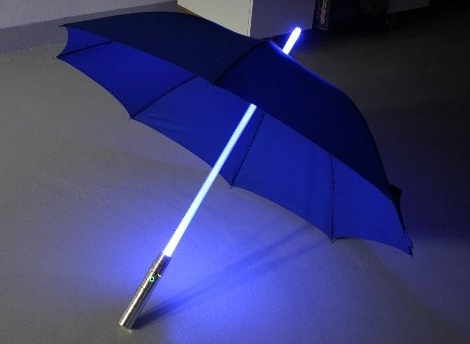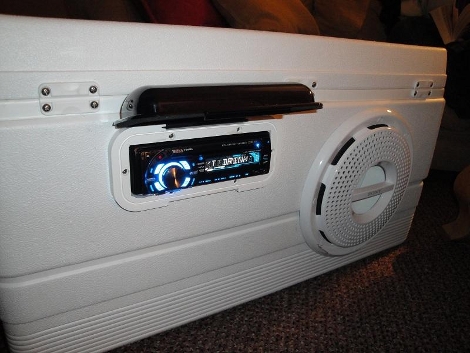
Now you can find out how hard it is raining outside without leaving the confines of your mancave/womancave. Pictured above is the sensor portion of what [Frapedia] calls his visual rain sensor.
Most rain gauges just use a graduated cylinder to capture water as it falls from the sky. That will give you a reasonably accurate measure of how much it rained, but it tells you nothing about how hard it rained. The measurement made here is based on sound. The harder it rains, the lounder the sound will be from water hitting an up-turned metal bowl. The unit above turns the system on when water bridges the traces, then a microphone is used to monitor the sound from the bowl. This is visualized by a VU-meter chip on a column of LEDs mounted inside the house.
After the break you can see the project box that houses the status display. We say it’s too small an needs to be replaced with a much larger LED meter.
Continue reading “Visual Rain Sensor — So You Never Have To Look Outside”














